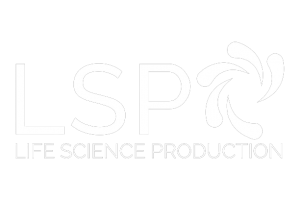
Dr. Al Hubaysh is our in-house research scientist. Below she has shared with us some vital tips for cell culturing.
- Always Maintain Sterile Conditions: You must ensure aseptic technique throughout your cell culture process. Sterile equipment, proper handling, and regular cleaning of the workspace are essential to prevent contamination.
- Optimize Cell Density: Seed your cells at an appropriate density to avoid overcrowding or sparse growth. This helps maintain a healthy and robust cell population.
- Minimize the Passage Number: Limit the number of times cells are passaged to avoid replicative senescence and genetic drift. Higher-passage cells may behave differently than early-passage ones. Minimizing the passage number will increase the stability of cells and the quality of the results.
- Regularly Inspect Your Cells: Use a microscope to monitor cell morphology and health. Any irregularities or signs of contamination should be addressed promptly.
- Feed Cells Appropriately: Provide fresh medium to cells at the right intervals. Depleted nutrients can hinder cell growth while overfeeding might lead to excessive waste buildup.
- Remember to Keep Detailed Records: Maintain thorough and organized records of your cell culture protocols, including passage numbers, growth conditions, and any observed changes. This is important for reproducibility, repeatability, and traceability.
- Plan for Cryopreservation: Have a reliable cryopreservation protocol in place to preserve cell lines for future use. This can act as a backup and prevent the loss of valuable cell lines.
- Regularly Test for Mycoplasma: Mycoplasma contamination can be silent but detrimental. Routinely test your cultures to ensure they are free from mycoplasma contamination.
Remember that successful cell culture requires patience, attention to detail, and a commitment to maintaining optimal conditions for your cells’ growth and health.
